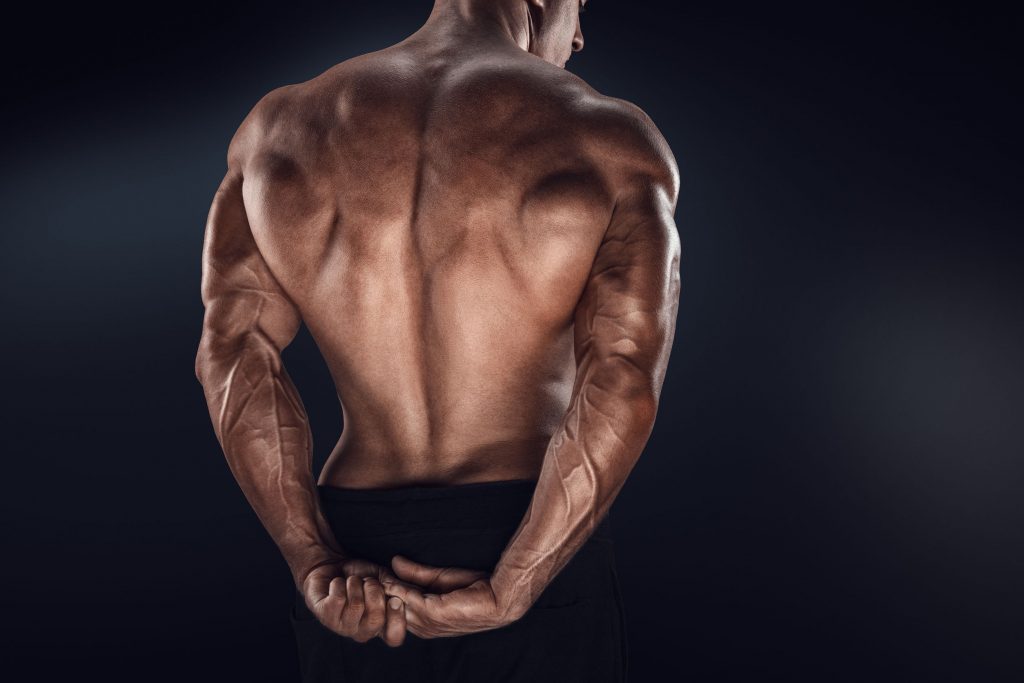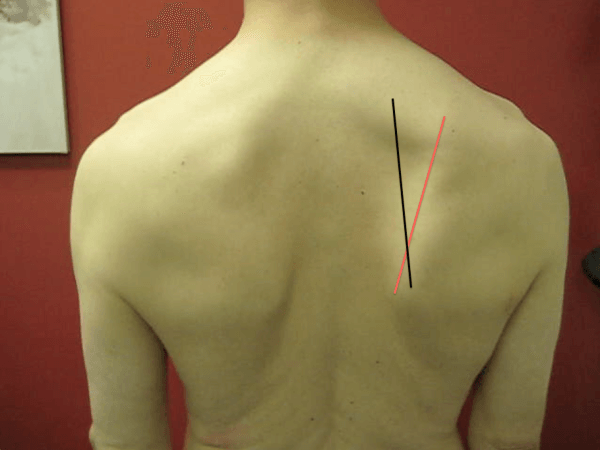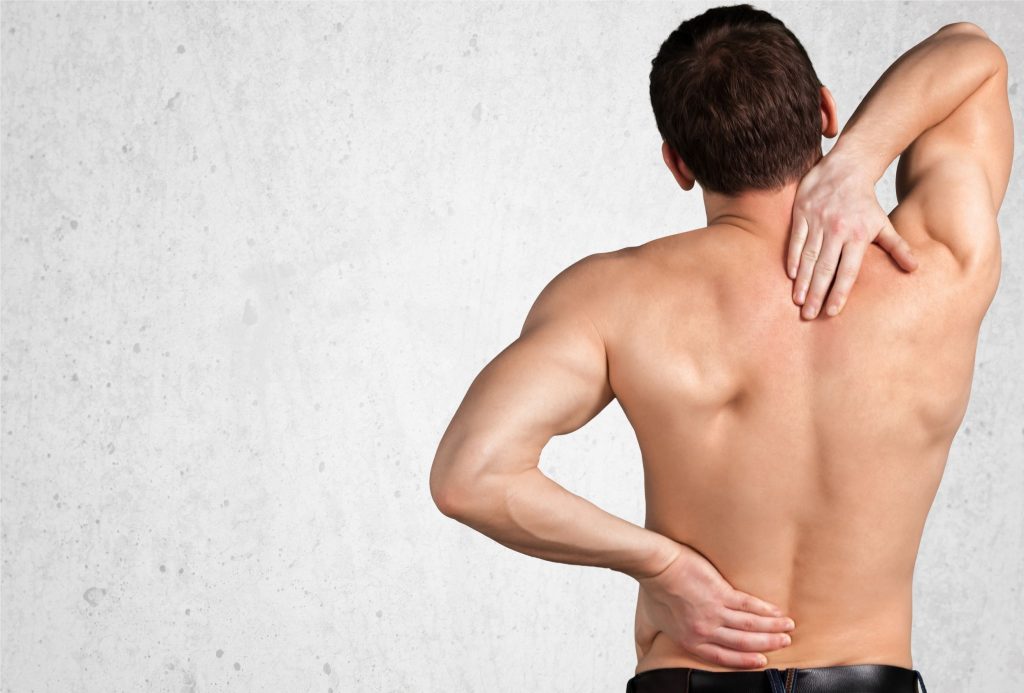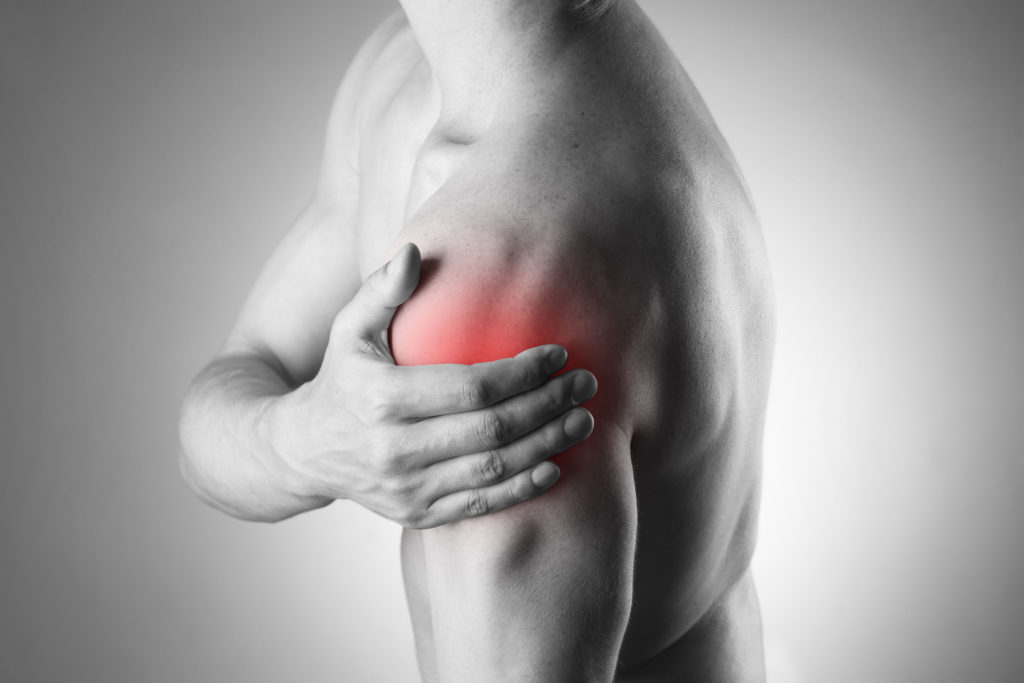Full Disclosure: I am not a fantastic presser. I’m not going to sit here and attempt to regal you with stories from high-school where I used to drive a Camaro, hookup with the Prom Queen, and bench 405 for reps (you know, before that nasty football injury in the State Championship ruined everything).
Nope, this is not that kind of story. I recognize the bench press often serves as a litmus test for general level of badassery, but I’ve always considered myself an average presser (personal best of 315 lbs at a bodyweight of sexy).
Or, in Dave Tate’s words “I suck.”
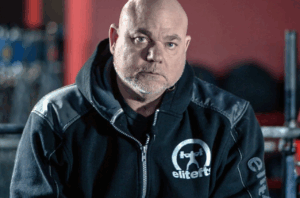
Not gonna argue with Dave…;o)
I know how to coach it, and have worked with many people in my years as coach to help them improve and increase their bench press. More commonly, though, is helping people work around a nagging shoulder injury that prevents them from “attacking” the lift in the first place.
NEWSFLASH: Many people complain that the bench press bothers their shoulder.
And while the first inclination is to nix the bench press altogether and jump into corrective exercise mode and start having people blow into balloons or perform any number of thoracic mobility or scapular stability drills to get at the (possible) root of the problem, I feel we sometimes need to pump the brakes.
I mean, I agree that for many people their upper back mobility is atrocious and that it’s likely a very good use of their time to address it. And yes, some people may have gunky tissue quality or less than exemplary scapular stability or kinematics which likely is playing a significant role in their ouchie shoulder.
A thorough assessment or appointment with a manual therapist can hopefully help.
But maybe, just maybe, the reason why someone’s shoulder(s) hurt during bench pressing is because their technique makes my eyes bleed?
*shrugs*
Maybe all they need is a little more coaching. As I always say:
“Correct movement can be corrective.”
This is why, when someone’s shoulder hurts during the bench press, my first “tier” to attack is technique. The fitness industry has become too corrective at the expense of coaching our athletes/clients. Taking the 5-10 minutes to address someone’s set-up can make a huge difference in how the movement feels.
- Are they driving their upper traps into the bench?
- Are they getting their scapulae retracted and depressed?
- Do they press the bar up and out of the j-hooks, or do they “guide” the bar out?
- Do they “let the bar settle” before they lower it?
- Do they “meet the bar with their chest? Or do they allow their shoulders to roll forward?
All of these can be easy-to-fix snafus that may eliminate any shoulder discomfort during the bench press.
Bench Press Set-Up
What happens if you address technique, it’s sound, and the bench press still hurts? You can still implement other pressing variations that can work in the interim while you address the root cause(s).
Decline Bench Press
Think about what’s not happening during a decline bench press as opposed to a flat or incline bench variation?
In a decline there’s less shoulder flexion involved which helps keep many trainees out of the “danger zone” of shoulder pain. So if flat bench pressing hurts you may be able to get away with a decline.
Spoto Press (Invisible Board Press)
A common flaw I see is some people have a hard time “meeting the bar with their chest” and end up having their shoulders roll forward as they lower the barbell.
Popularized by Bench Press Captain America, Eric Spoto (722 lbs, unequipped), the Spoto Press is a variation to combat this where you stop the bar a few inches above the chest, pause, and then press back up.
When In Doubt, Use Dumbbells
When you grab a barbell with a pronated (overhand) grip, you “lock” the humerus in an internally rotated position which can be problematic since it narrows the acromion space.
Using dumbbells alleviates this issue because you can nudge a little more external rotation by adopting a neutral grip. This is a major reason why I prefer DB pressing variations for overhead athletes as opposed to straight bar.
Corrective Pressing Variations That Don’t Feel Corrective
While not always the case, a common thread I see when it comes to shoulder pain is the INability of the shoulder scapulae to be able to move. In order to move big weight you need to respect tension and stability. In some cases, however, the shoulder blades are kinda “stuck” (usually downward rotation) and lack the ability to move through a full ROM.
It’s still vital to be able to access scapular movement for overall shoulder health.
When this happens I prefer to use pressing variations that allow for a little more wiggle room. As in: we allow the shoulder blades a little breathing room. Push-ups will always be my first choice here. But relax, I recognize most would rather swallow a live grenade than read more about push-ups.
For those interested you can READ this brief article.
Off-Bench DB Press
Scooting a smidge to the side of a bench will allow more scapular movement. What’s nice about this exercise is that it’s also a great core exercise (you have to fire like crazy in order to not fall off the bench) in addition to an awesome way to further engage the glutes. You can’t quite see it with the angle of this video, but I’m also situated further down on the bench so my lower half isn’t resting on it.
Bottoms-Up Press – Off Foam Roller
I snaked this one off Dr. Joel Seedman. Using a KB and holding it in the bottoms-up position is a fantastic way to ramp up rotator cuff activation…you really have to fight to stabilize and keep the joint centrated.
Moreover, by lying on the foam roller the shoulder blades are now able to move to a higher degree. And, much like the off-bench variation above, there’s also a high degree of glute engagement as well as foot and ankle engagement.
And That’s That
Don’t be so quick to bust out the band external rotations and t-spine drills. Addressing technique on the bench press can be every bit as corrective in terms of addressing shoulder pain. Likewise, don’t be so quick to omit all pressing variations. All aren’t equal and it oftentimes is a matter of choosing the right variation for the individual and nice vice versa.
Press on.

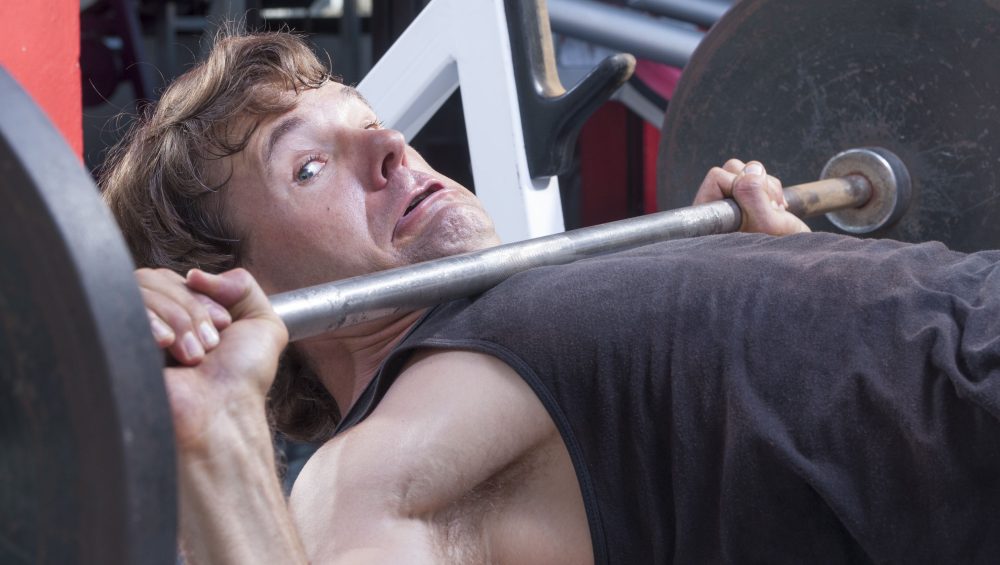
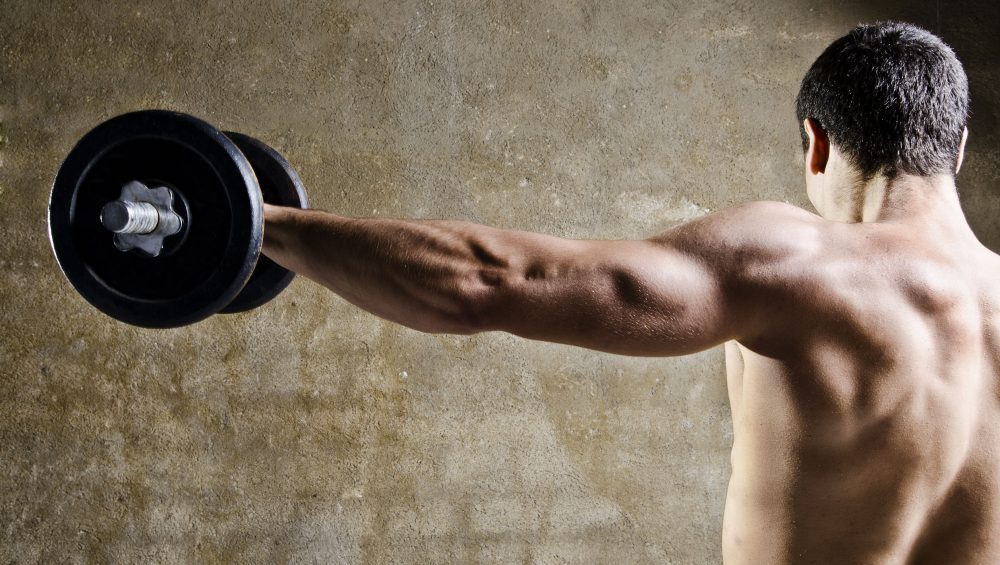


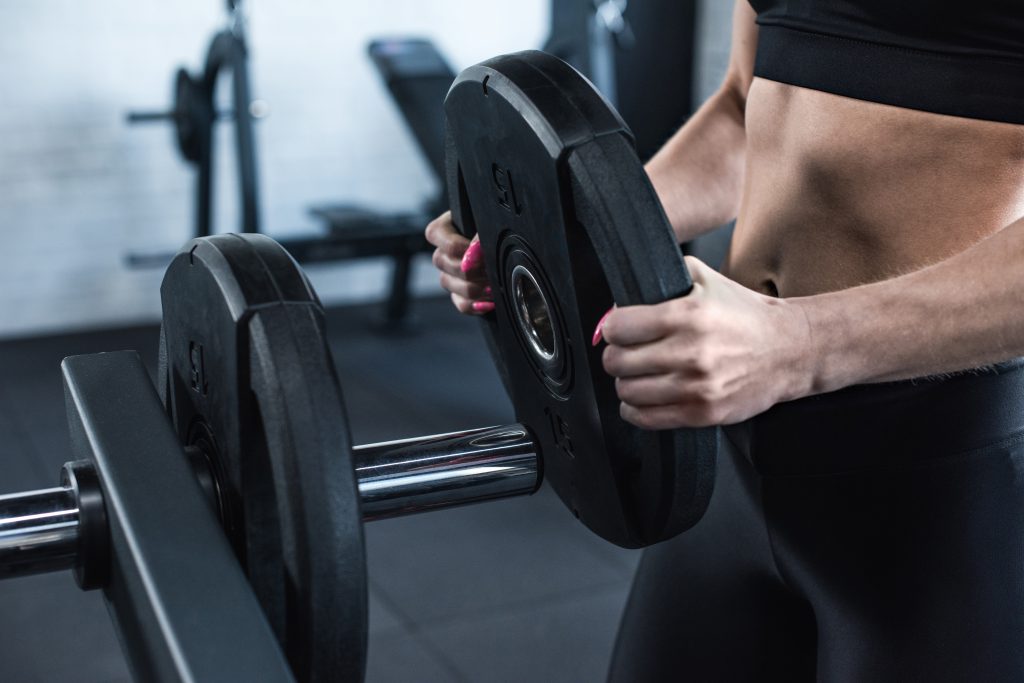
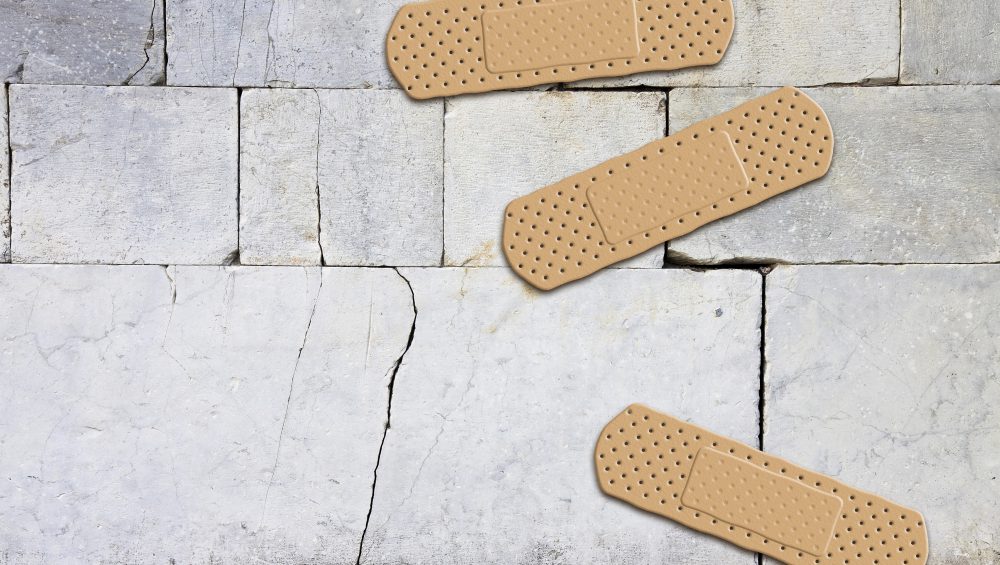
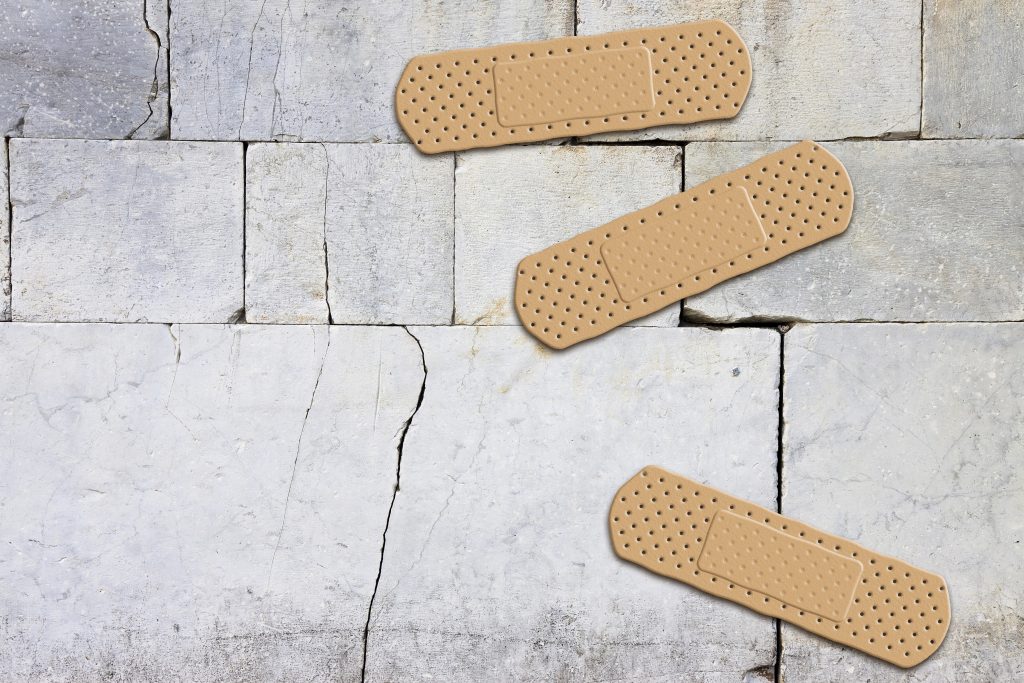
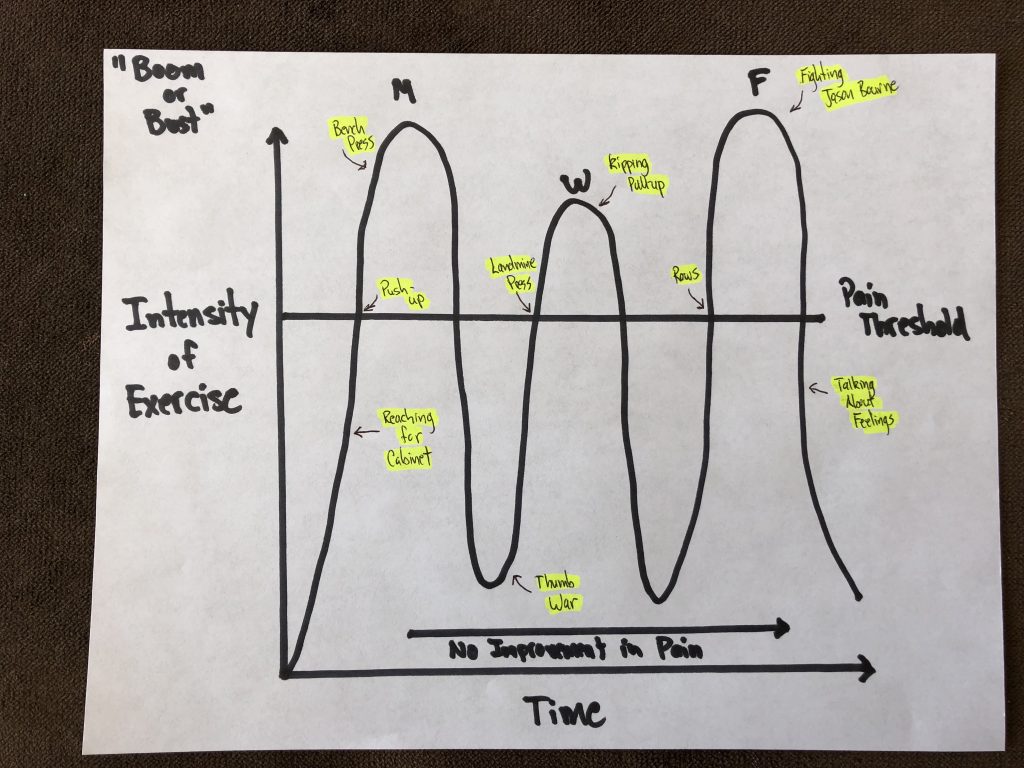
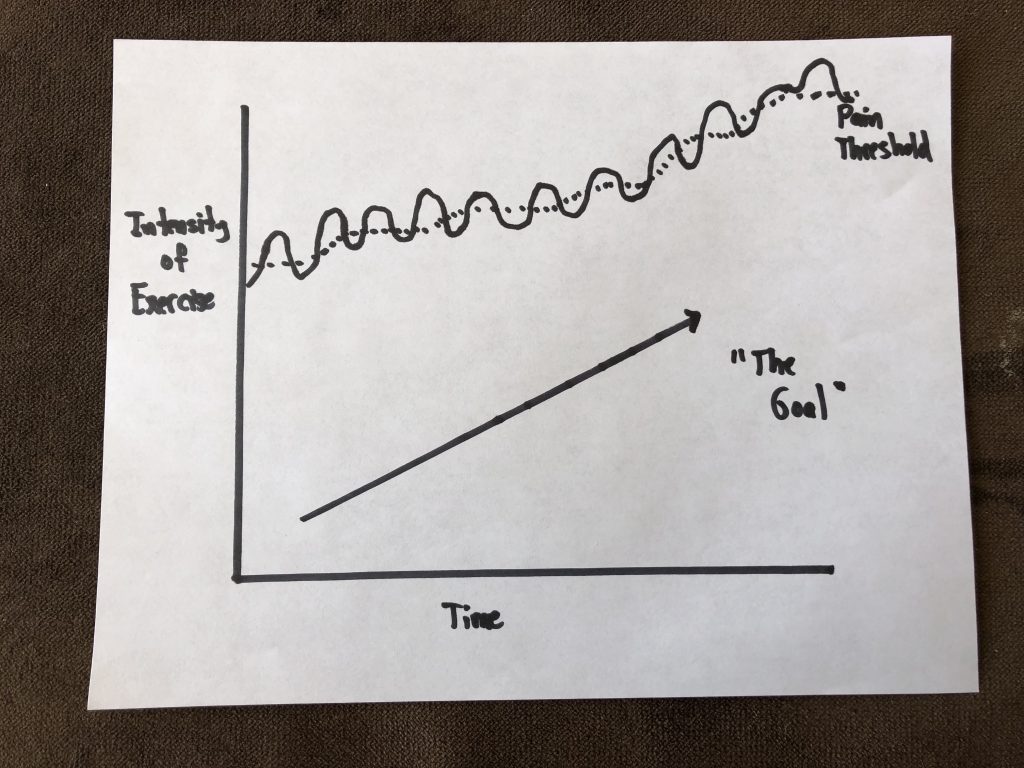

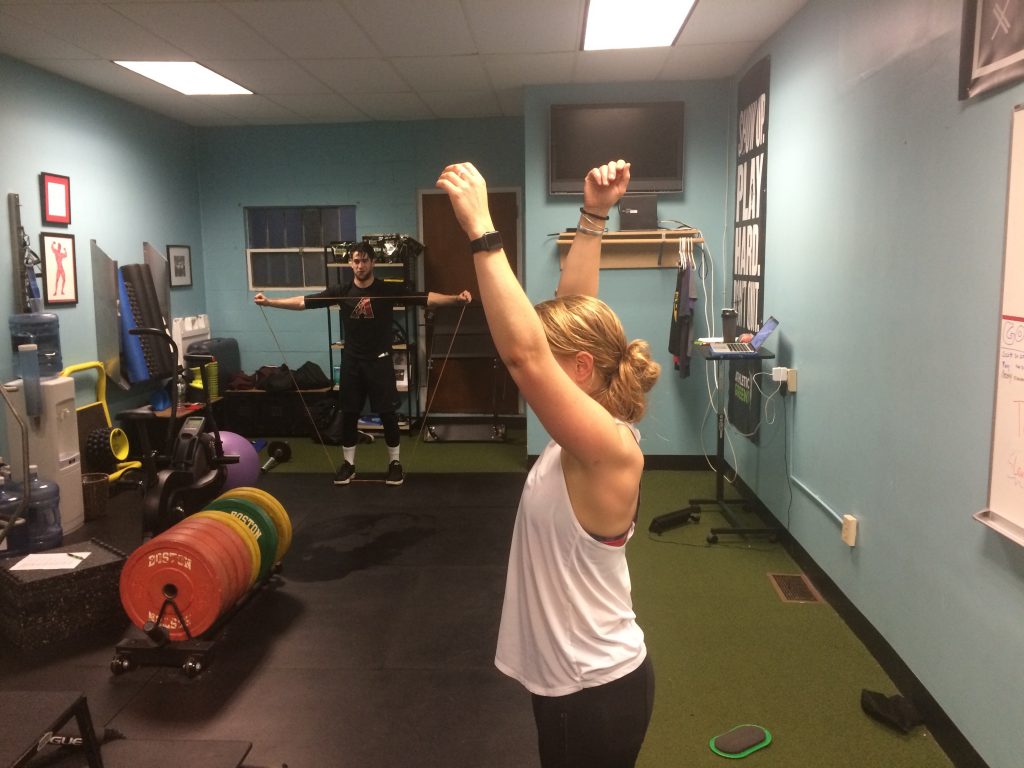
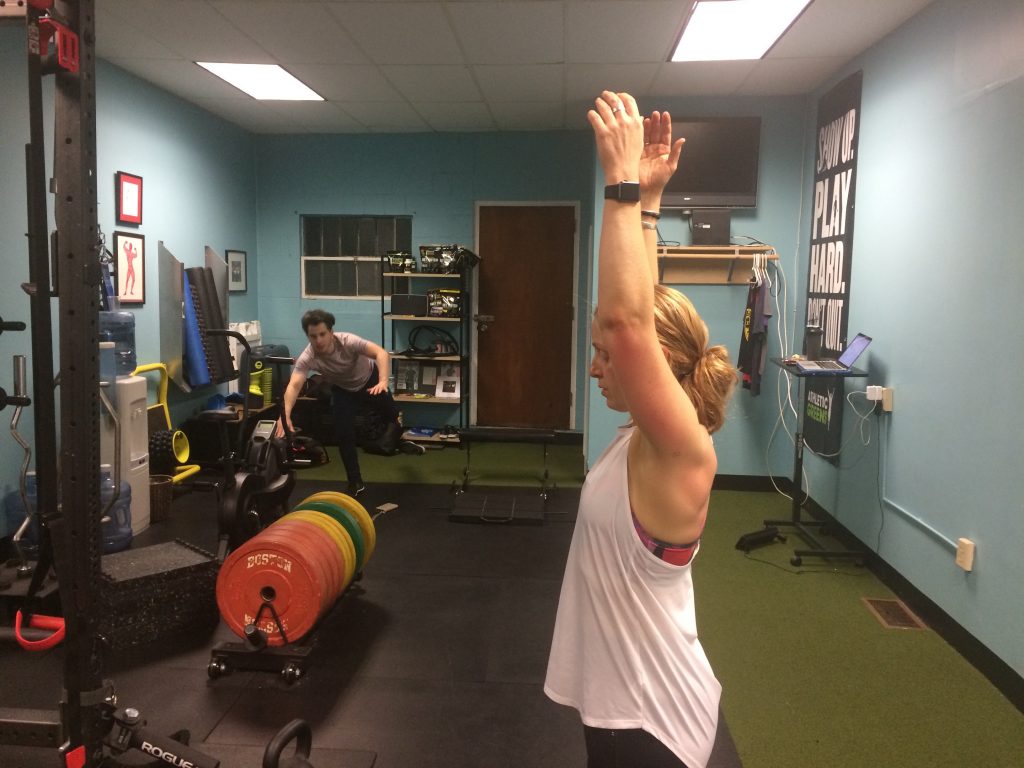

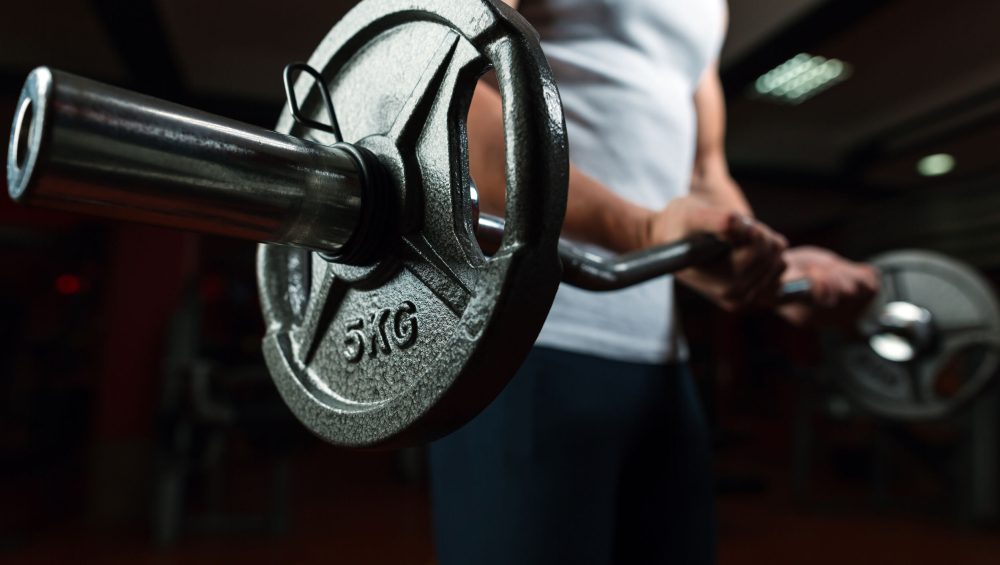
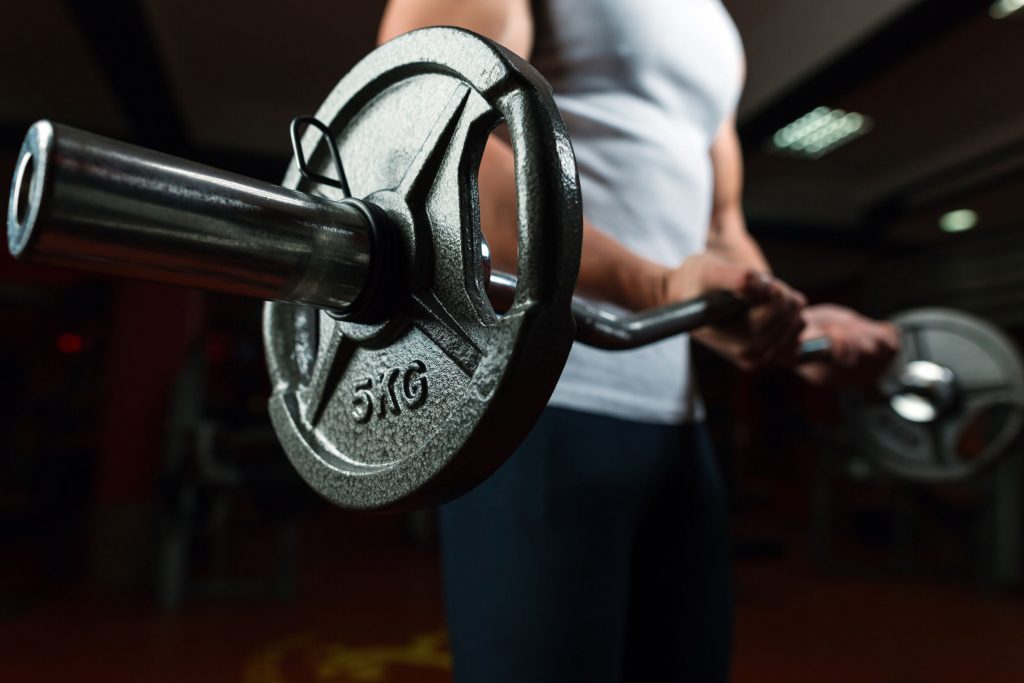

 Dr. Michael Infantino is a physical therapist. He works with active military members in the DMV region. You can find more articles by Michael at
Dr. Michael Infantino is a physical therapist. He works with active military members in the DMV region. You can find more articles by Michael at 